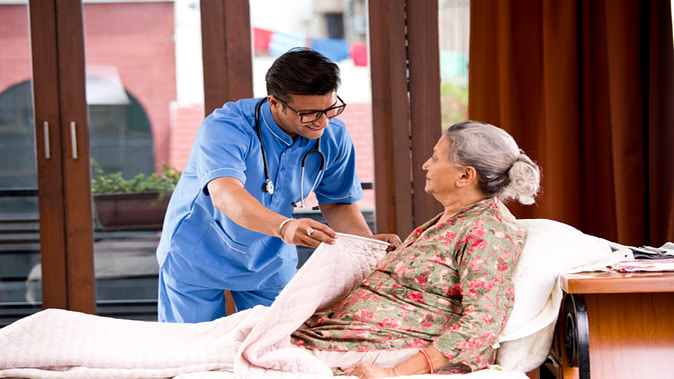
Any injury sustained during winter is extremely painful and if it is in your ligaments then the pain persists for several days. Ligaments are made of a group of elastic tissues that bind the bones around the joints and provide stability. It is often seen that knee ligaments get injured during sports like football, cricket, running, basketball, baseball, etc. or due to collision with someone. Once the ligament is injured, it becomes difficult for you to walk and even stand at times. In this case, a doctor should be consulted and proper treatment should be taken. If the injury is mild then it can also be cured with the help of some home remedies. Today we are going to tell you about some such home remedies.
Snow shoveling
After a ligament injury, swelling occurs in the affected area within a short time. You should use ice to reduce swelling and pain. Applying ice for 15-20 minutes daily for 2-3 days at the place where the ligament injury has taken place reduces the swelling to a great extent and gives you relief. If you have swelling and severe pain due to ligament injury, then you should compress the affected area with ice. This will give you a lot of relief.

Put pressure
You can prevent further damage by taking pressure off your knees. For this, tie the knees with an elastic bandage or bandage. This will also help in removing swelling. You can also use a knee brace for this. This will help control the movement of the knees and prevent further damage. But for the selection of a knee-brace, take the advice of the doctor.
Use ginger juice
Ayurvedacharya explains that ginger juice can be used to get relief from pain in ligaments. Ginger juice has been used in Ayurveda for a long time. The medicinal properties present in it are effective in reducing inflammation. In case of ligament injury, first, take 1 litre of water. Now boil it by adding 1 teaspoon ginger juice, 1 teaspoon green tea, 1 teaspoon lemon juice and honey. Now consume this water regularly. This will give instant relief from the pain and swelling of the ligaments.










